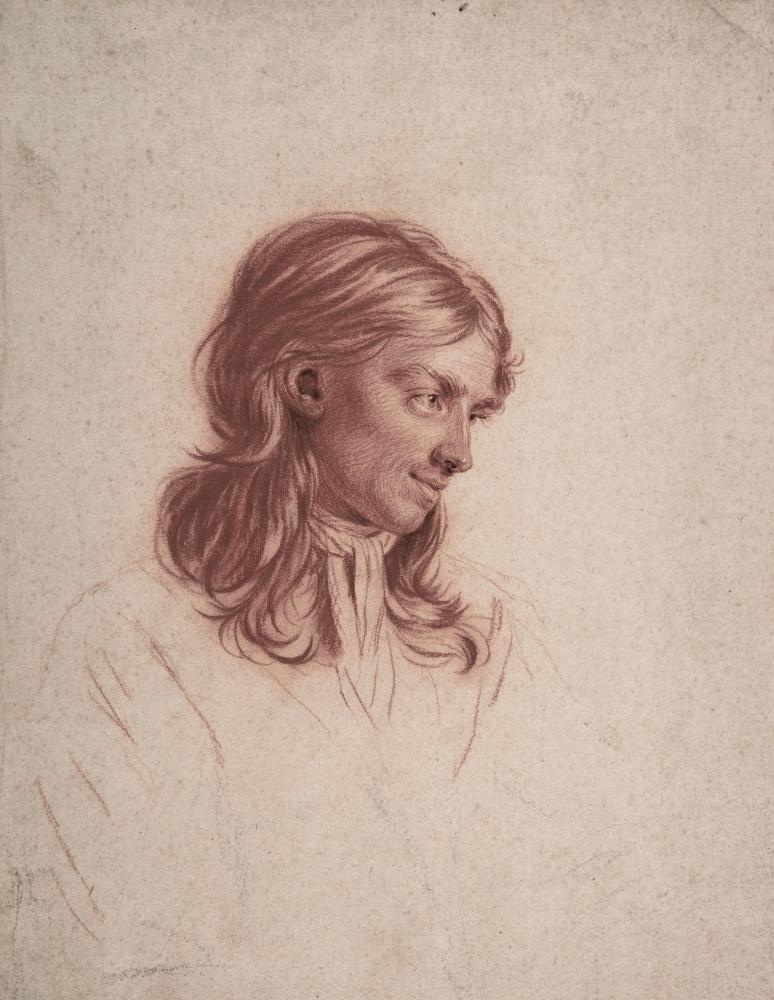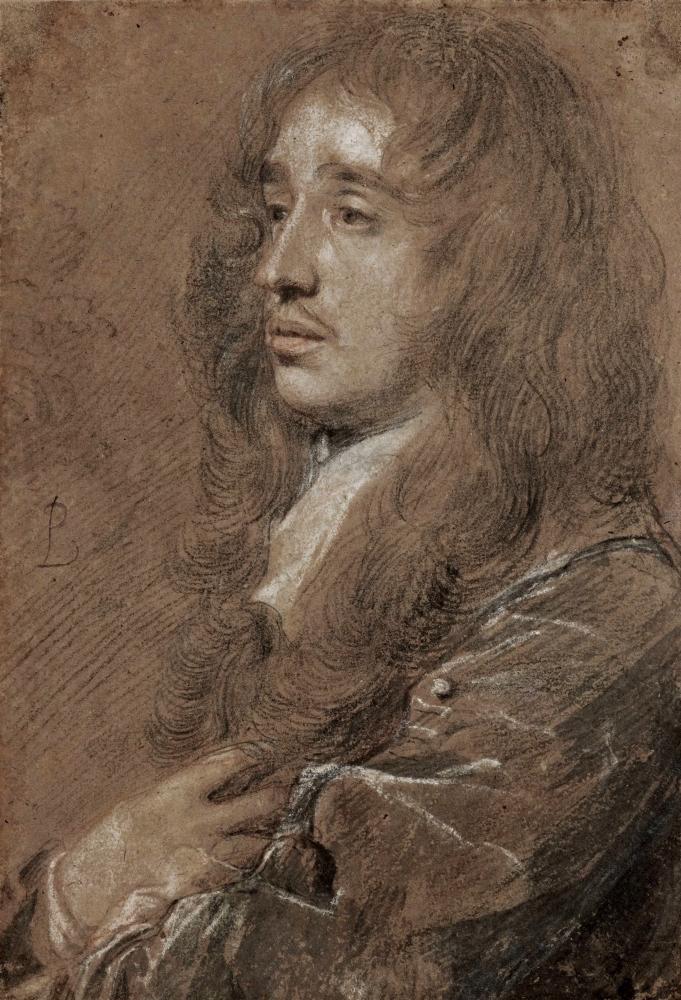SIR PETER LELY
(1618-1680)
Portrait of Philip Sydney, 3rd Earl of Leicester
Provenance
The de L’Isle Collection, probably Penshurst, Kent
Earl of Darnley, Cobham Hall by 1925
Private Collection, UK
Literature
R. B. Beckett, Lely, London 1951, p. 50, No. 290 illus. pl. 6
J Rothenstein, An introduction to English Painting, London 2001, p.32
Beckett dates the present painting to c. 1646 when the sitter would have been aged twenty-eight. Philip, 3rd Earl of Leicester succeeded Robert, the 2nd Earl of Salisbury. He was brother to Algernon (1622-1683), the Republican martyr, who was executed along with William Russell, Lord Russell for the ‘Rye House Plot’ in 1683. Known for most of his life as Lord Lisle, he took a prominent part in the Civil War. Sent to Ireland in 1642, he became Lieutenant-General under Ormonde. He was strongly in favour of the Parliamentary cause, and in 1647 was appointed Lord-Lieutenant of Ireland by Parliament. Named one of Charles I’s judges, he refused to take part in the trial; but he afterwards served in Cromwell’s Council of State, and sat in the Protector’s House of Lords. Lisle was much favoured by Cromwell, but nevertheless obtained a pardon art the Restoration, and he thereafter carried on the Royalist Sydney family tradition. He was succeeded in the peerage by his son Robert, 4th Earl of Leicester (1640-1702).
The Sydney family was a member of the group known as ‘the noble defectors’ consisting of the Earls of Northumberland, Salisbury, Leicester and Pembroke, who had sided with Parliament in the Civil War, or had accommodated themselves to the Protectorate after the Royalist defeat. Their consciences led them to oppose such extremes as Laudianism and the Personal Rule, but this did not prevent them from being generous and enthusiastic patrons of the arts. These men had been patrons of Van Dyck and it was most likely at their London houses that Lely would have been able to immerse himself in the paintings of Van Dyck when he arrived in England in the 1640s. It was for this group that Lely executed the majority of his early works in England. Early portraits of members of the Sydney family exist both at their seat at Penshurst Place and in the collection of the Spencers at Althorp to who the Sydneys were allied by marriage.
In 1660, Charles II appointed Lely his Principal Painter in Ordinary. He was naturalised in 1662. Regarded as a leading artist of the Restoration, he was a prolific artist and certainly the most fashionable of the time, having been knighted in 1680; Lely was also a highly accomplished connoisseur. He left a celebrated collection of paintings and drawings at his death.


